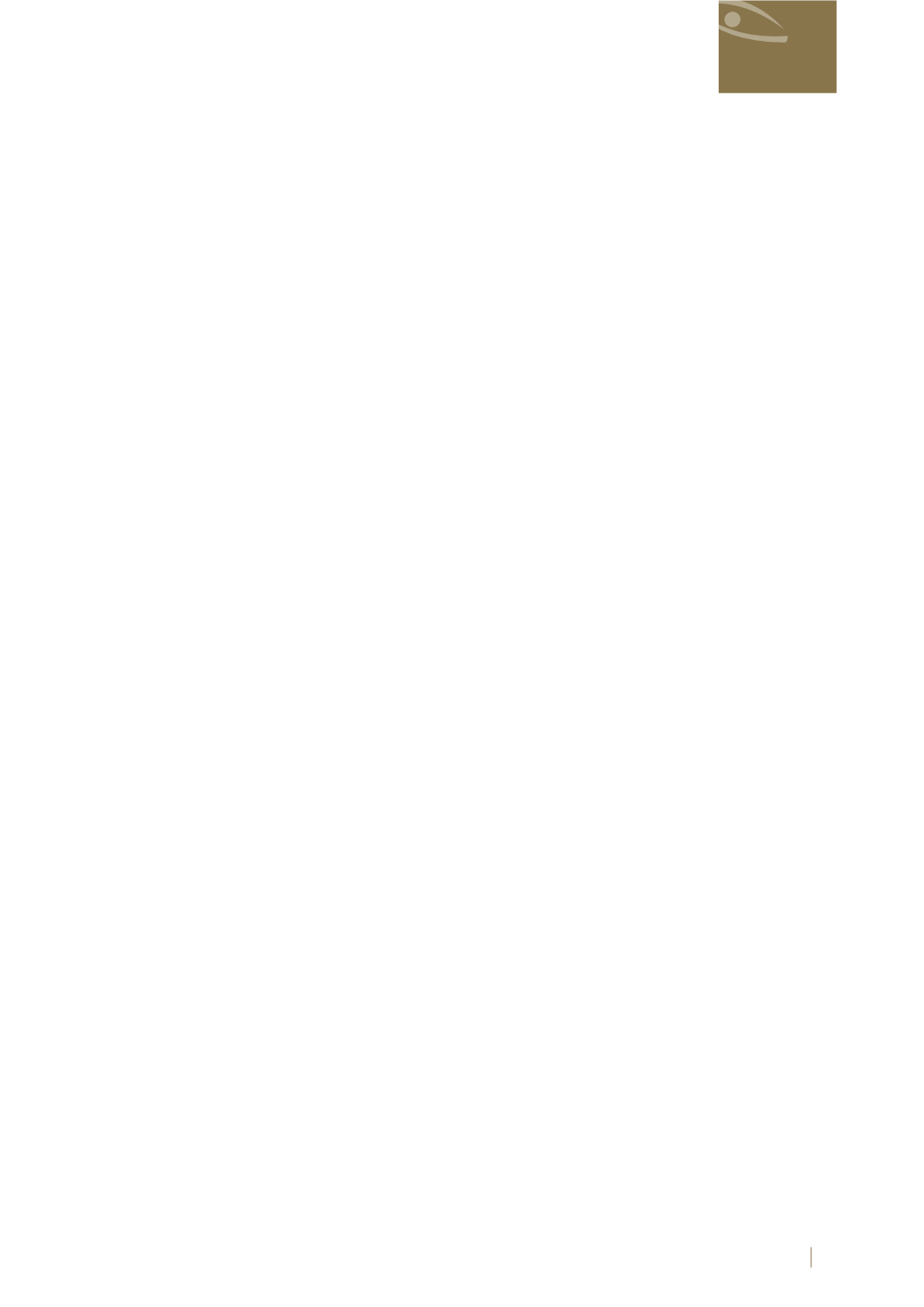
ALRAQABA . ISSUE 15
117
Audit Institutions
Organizations and
highlighted the participation of the SAI in many cooperative projects such as INTOSAI Atlas on
SDGs, as well as participating with other organizations like ASOSAI, and engaging in conferences
and training programs concerning preparing cooperative audit reports.
The SAI of Estonia, on the other hand, presented a working paper on sustainable audit planning,
underscoring that SDGs audit is considered one of the strategic goals of the SAI. The paper has
also discussed the integration of SDGs into all audit operations carried out within the SAI.
The INTOSAI Capacity Building Committee (CBC) presented a paper titled “Build Back Better”,
highlighting the inputs received from SAIs and stakeholders regarding the IDI model on SDGs audit
(ISAM Arabic), which was published on the website along with the lessons learned from applying
the initiative.
Moreover, the SAI of Austria presented its experience regarding the implementation of SDGs. It
was pointed out that the SAI has completed reports on the preparedness for SDGs implementation,
auditing the implementation of SDG Target 12.3, and the integration of SDGs in all performance
audits. The SAI of Austria has also issued a report on auditing the linguistic progression in early
childhood, in which the SAI assessed the impact of financial funding on the German language skills
of children before entering elementary school.
In addition, the SAI of Slovakia presented its experience regarding SDG4 (Quality Education) from
the year 2018 and onwards. This particular goal was correlated to the strategic plan of the SAI due
to its importance as a priority. The SAI also discussed Slovakia’s indicators, focusing on target 4.1:
Ensure quality primary and secondary education. Those indicators were then compared against
Europe’s indicators.
The SAI of Peru, on the other hand, discussed the audit of SDG 8 (Decent Work and Economic
Growth). The SAI has showcased its experience in using indicators for Target 8.8 “Protect labor
rights and promote safe and secure working environments for all workers, including migrant
workers, in particular, women migrants, and those in precarious employment”. The SAI has used
one of the modalities to measure the indicator 8.8.1, “the frequency rates of fatal and non-fatal
occupational injuries per 100,000 employees, by sex and migrant status”, along with using the
National Occupational Health and Safety Indicators.
Moreover, the SAI of Russia presented a working paper on the update of the GUID-5202 –
Sustainable Development: The Role of Supreme Audit Institutions. The SAI highlighted reasons
for updating the guide and all activities made to that end, underscoring that the WGSDG KSDI
members believe in the need to update this document. Accordingly, the SAI of Russia stands side
by side with the WG members in supporting the Secretariat’s initiative to update GUID-5202 under
the WG’s Action Plan, together with setting out the key principles to be included in the new guide
and the timetable for the GUID-5202 update project.
In addition, the WG members have agreed upon the guidelines on auditing the reliability of
macroeconomic forecasts, GUID-5202 update activity, the pilot project for supporting the audit on
SDGs in the Commonwealth of Independent States (CIS) member states, as well as on participating
in the INTOSAI SDGs Conference.


